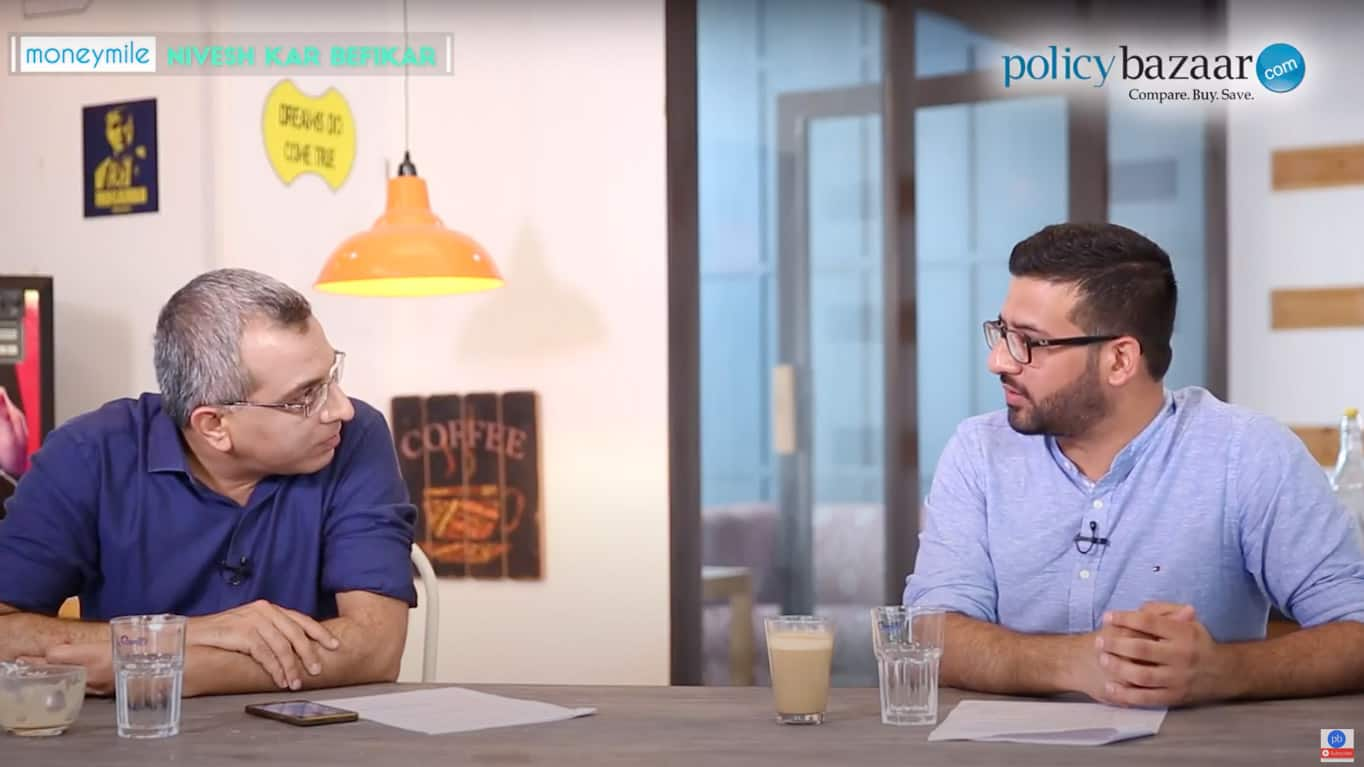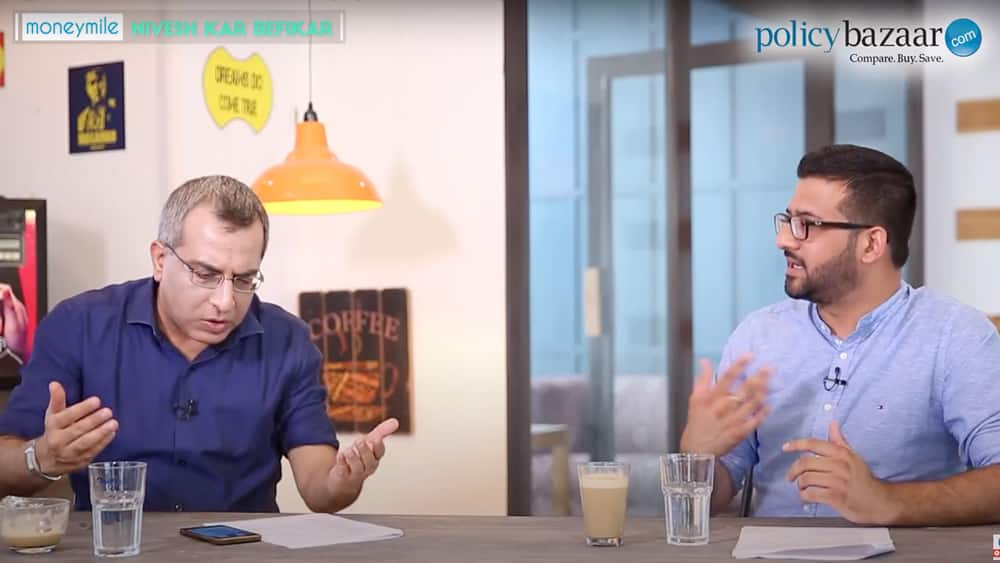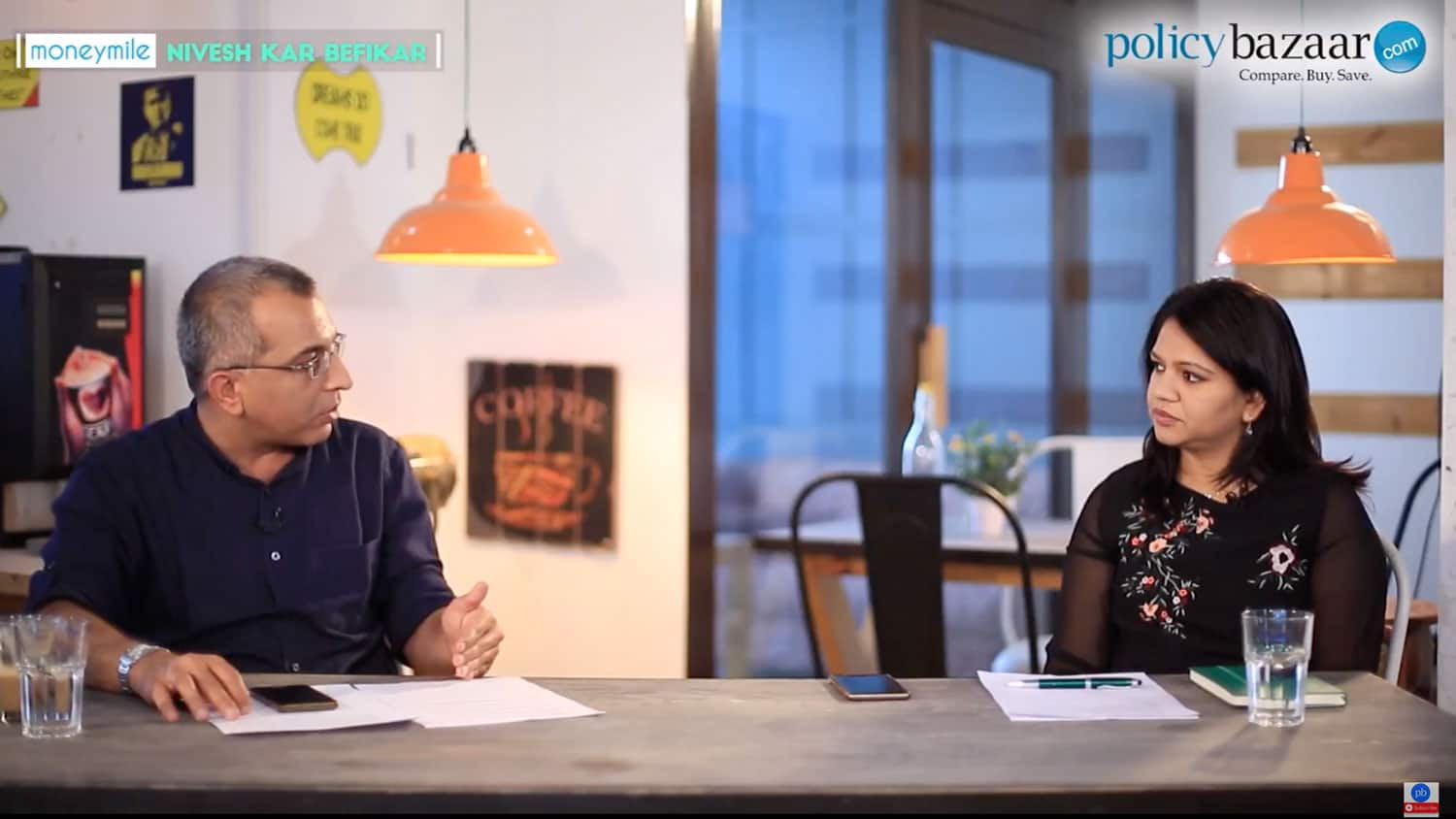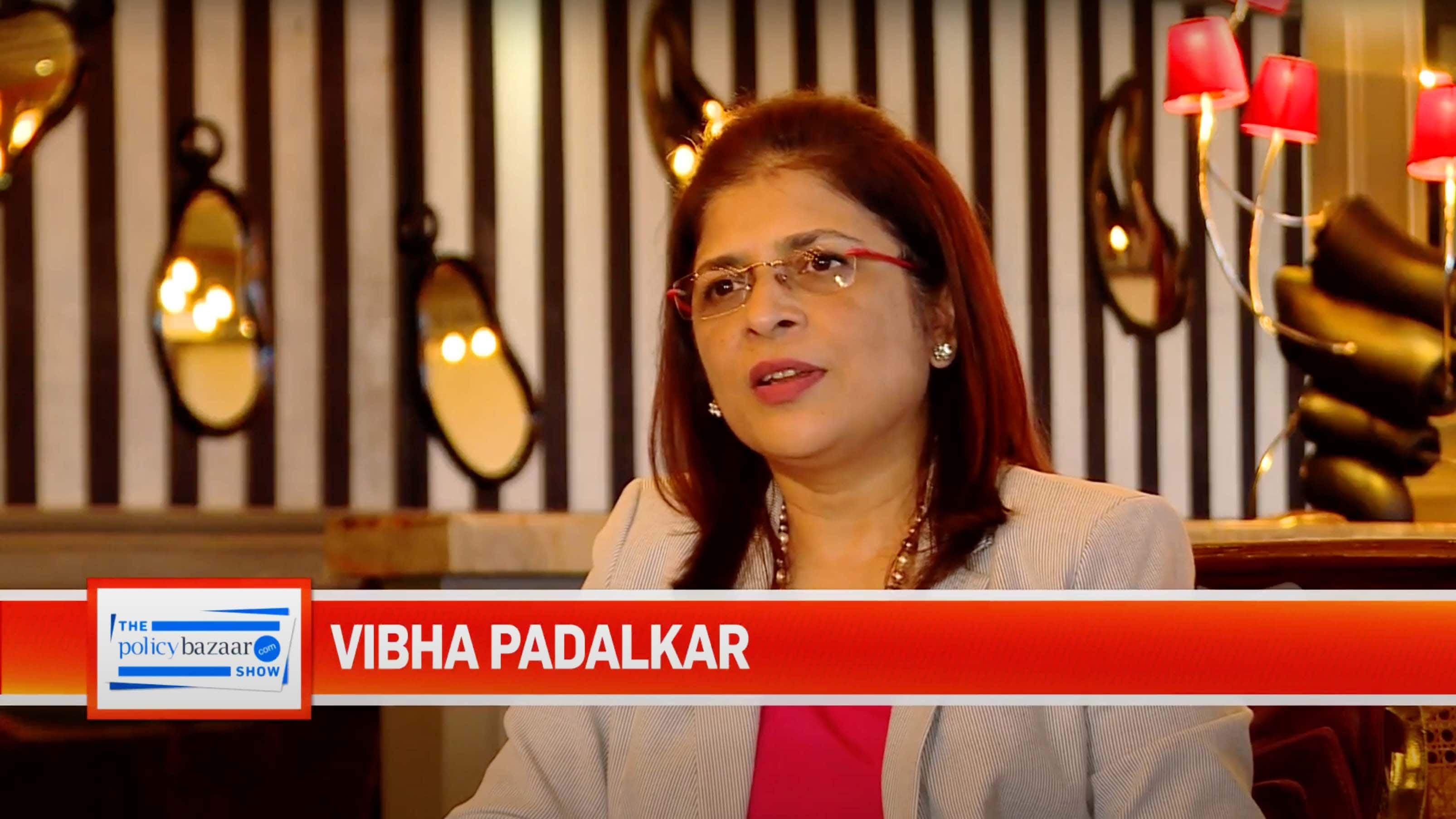1
Feeling Inadequately Insured? 3 Ways To Extend Your Health Insurance CoverDecoding Insurance
Health Insurance For Family: Benefits Of A Family Floater Plan
Vivek Law: Resham has a question. She wants to purchase a health insurance plan for herself and her family. What should she look for in a health insurance plan? It's a larger question because these days, a lot of people want to take a family floater. Does it make sense if you are a small young family or you have two-three elderly people in the family? Is it better to buy a family floater health insurance policy instead of an individual policy?
Dhruv Sarin: Premium per lac in a family floater is lower. You can get a higher cover in the same premium. The chances of two people claiming in the same year and sum insured being exhausted are very minimal. So, the recommendation is a family floater.
As far as this case is concerned, it depends on the age of the consumer. They need to look at the features which are more relevant for that age group. For example, people in the age group of 25-35 years should opt for health insurance plans which have a maternity cover after two years. If they are in the age group of 36-45 years, they need to look at the cumulative bonus. If they are in a higher age category, then accordingly, they need to look at those features.
((calculator))
Vivek Law: You talked about maternity coverage. Most insurance companies say that for the first 1 or 2 years, you can’t claim. Is that a standard or are there policies that allow? Because you earlier made a point that some even allow daycare nowadays. Most of them said that unless you weren’t admitted for 24 hours, they won’t settle your claim. On the maternity side, a lot of people wake up to health insurance once they have a child in the family. Are some companies customizing to cover them from day 1?
Dhruv Sarin: Day 1 coverage of maternity isn’t available. There are plans which cover maternity after 9 months. In that plan, you need to pay the premium for 3 years. A lot of consumers look for maternity cover even on our platform but eventually when they do the math, they don’t find too much value in paying for maternity-related plans. The reason is simple. Insurance is for an unknown risk but maternity is a planned event. Since its a planned event, insurers price the premium in a manner that coverage becomes ineffective.
However, insurance companies have started to introduce value-added services. For example, if you look at the Religare Joy health insurance plan which has two variants- Joy Today and Joy Tomorrow, one covers maternity after nine months and the other covers after two years. The return on investment may not be as effective but you get value-added services wherein you get discounts on stem cell or any other things associated with maternity. Then, the premium paid starts to make sense. Though maternity plans may not be as cost-effective, people realize that maternity is not the only thing to look at while buying health insurance, so, we see a decent conversion even in that segment.
[ Also read | How To Buy A Health Insurance Cover If You Have A Pre-Existing Disease]
Vivek Law: To stick with the family floater concept, a lot of people don’t wake up to buying health insurance. They reach their 60s and haven’t bought a health insurance cover as when they were working, they were covered by their respective companies. Many young people now want their dependent parents to be covered. If they were to buy individually for their parents, they won’t get it or they would get an expensive one. Is family floater a good way to include older people of the family into the insurance safety net?
Dhruv Sarin: I will give you an example. My dad is diabetic and my mom has a knee problem. My dad was working in a bank. So, he had a health insurance cover from the bank. After his retirement, I applied for individual health insurance for my parents separately. My dad’s health insurance got rejected because he is diabetic. So, he is a high-risk individual for the insurer whereas when I applied for a family floater option, it got approved. This is because the insurance company was ready to underwrite a family floater plan for high-risk and low-risk profiles together. So, eventually, the insurance company has to maintain the risk pool.
((newsletter))













